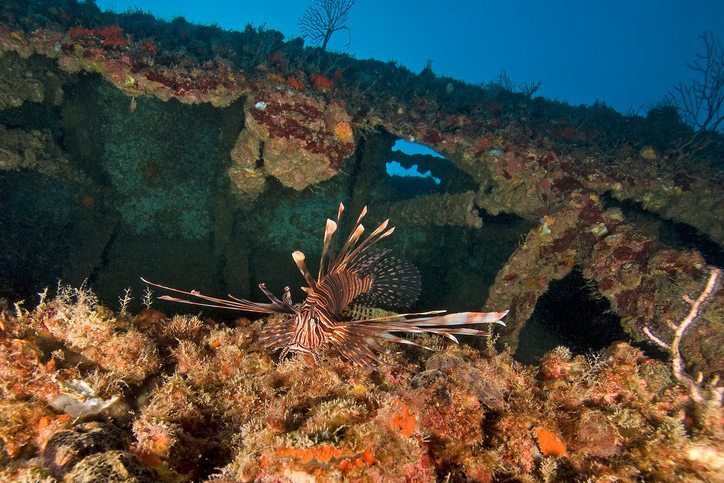While Miami certainly faces its challenges, there are a few things they are doing mostly right, and one of these things is engineering new ecosystems by creating new man-made reefs.
What’s reefs got to do with it? While amazing new reefs are sometimes discovered, we basically know where most of the existing reefs are.
Reefs are an important part of the ocean ecosystem for a number of reasons. First and foremost, they provide habitats for a huge number of creatures. This is kind of extraordinary given that they exist in such small quantities overall, and yet have a tremendous impact on the sea critters that rely on them. Coral reefs cover less than 1% of the ocean floor and it is estimated that they support 25% of all marine life. It is also estimated that there might be between 1 and 8 million species of undiscovered organisms living in and around coral reefs. Again, that’s an amazing amount of life packed into a relatively small space.
The benefits of reef structures do not stop on the ocean floor either. Reefs also help act as a buffer against storms, waves, and floods. This can be a huge benefit in areas that often see large storms and hurricanes that can lead to flooding and real estate damage (*cough* Miami *cough*). They also provide a great boost for tourism as they are visited by divers and marine wildlife fans.
Considering that Miami benefits from the local Florida reefs, it should be no surprise that they “dived” into this project with a passion.

Miami reef machine
Coral reefs are beautiful, but they don’t happen overnight. Coral reefs are made up of a number of different species of coral, whose growth rates vary from as little as 2mm per year all the way up to 10cm per year.
Coral growth starts on existing rocks or other underwater items, which is why artificial reef building is an important option if you want to jump-start reef growth in a specific area. Miami has a long history of efforts in establishing artificial reefs. The Miami-Dade County Artificial Reef Program was established in 1981, but the documented history of artificial reef construction efforts goes back more than 50 years prior to this.
Since its inception, the Miami-Dade County Artificial Reef Program has led the nation with regard to the number of artificial reefs established. There have been 11 inshore and 17 offshore reef sites created.

Creating reefs does not just involve waving a magic wand (how pissed would Greenpeace be if they found out it worked that way), so how does this work? The key to artificial reef construction is in providing a suitable space for coral to grow, and where fish and other species of marine life can find shelter.
Since 1981, the Miami-Dade County Artificial Reef Program has built their reefs with 50 large ships, two retired oil platforms, thousands of tons of concrete, and surplus tanks from the US Army (the reef made of kitchen sinks is still being planned).
All of these efforts, combined with the beautiful year-round conditions in the waters of the Miami area have resulted in a recreational diving bonanza. There are over 75 wrecks within an easy travel distance of Miami Beach.
There is even an underwater memorial site. People can have their cremated remains cast into concrete for addition to the Neptune Memorial Reef, which is a cremation memorial site and a beautiful diving site all rolled into one.

The lesson learned
Even though Miami’s track record hasn’t been perfect, their reef-building efforts still provide an amazing lesson in what can be achieved when humanity tries to work in harmony with nature instead of against it.
The artificial reefs in the Miami area provide habitats for a number of sea creatures; give a big boost to tourism in the area; and also help protect the inhabitants of Miami-Dade from storm surges and water damage due to waves and breakers.
Coral reefs are national treasures worth protecting. For southern coastal cities who have been battered both ecologically and economically, building artificial reefs provide a unique opportunity to positively boost their environmental impact as well as their status as top notch places to visit and live.
Source: Interesting Sh!t




